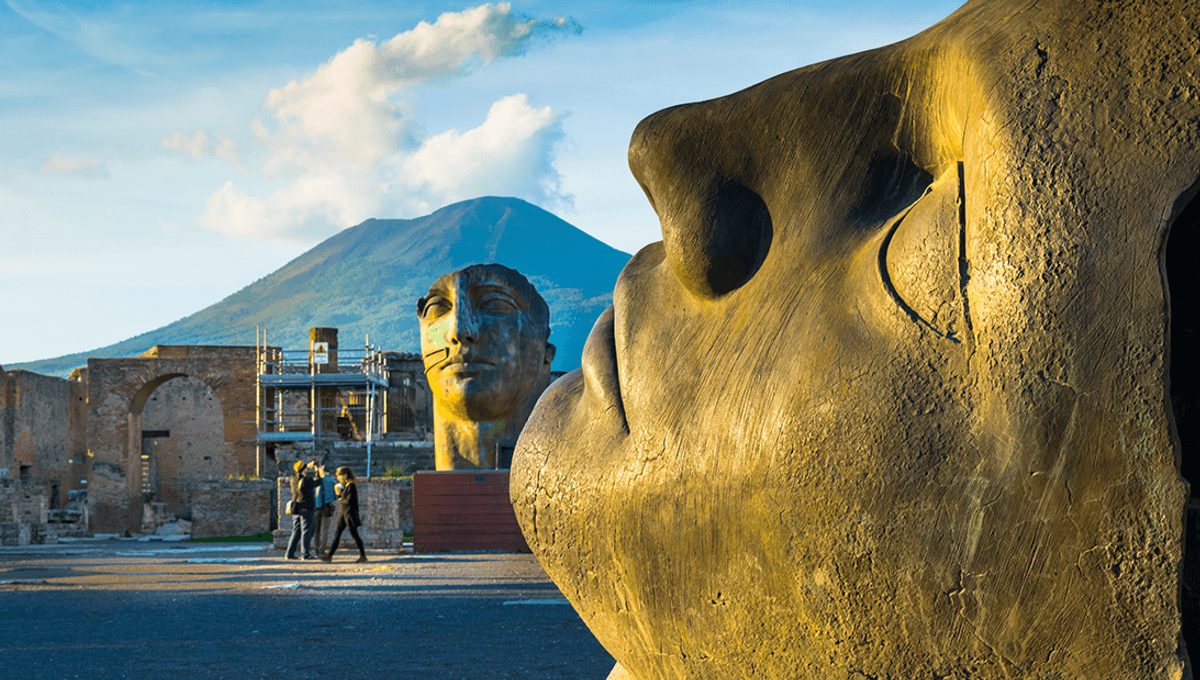Have you ever noticed that when the remains of ancient civilizations are discovered, they are often unearthed rather than simply lying around?
Before jumping to conclusions about mole people guarding hidden knowledge, it’s important to understand the reasons behind this phenomenon. Natural disasters, for example, can abruptly bury ancient cities, as seen in the case of Pompeii.
Settlements and cities can also become abandoned, gradually becoming buried or partially buried. Ancient Mayan cities, for instance, have been overgrown by the jungle, leaving only grassy mounds for archaeologists to discover. Other cities or structures can be buried by the forces of weather, with floods and wind depositing layers of soil and dust over many years, resulting in nothing more than a suspicious mound.
However, not all ancient cities are abandoned. Rome, for example, has been continuously inhabited since 753 BCE, yet the remains of ancient Rome are often buried deep underground. To truly grasp the extent of this, consider that buildings like the Curia Julia have had their ground levels shift over time, requiring doors to be raised meters higher than their original construction.
This significant shift in ground level is partly due to the organic matter surrounding Rome, as explained in the video above by Told In Stone. The decay of foliage and plant matter has produced soil, gradually raising the ground level. Flooding has also played a role by bringing additional matter into the city.
However, the main contributing factor is the continuous construction on top of previous generations’ structures without properly disposing of the rubble or preserving the historical record. In cities like Rome and London, towns that evolved into cities often used demolition rubble and earth to pave over old streets, building on top of this “made ground”.
Sometimes, this layering happens unintentionally. Ancient Rome, for example, would reuse stones from collapsed buildings, while disregarding unimportant tiles and artifacts. After all, it’s always exciting to give archaeologists something to discover after all that digging.
All “explainer” articles are fact-checked and confirmed to be accurate at the time of publishing. Text, images, and links may be edited, removed, or added to in order to keep the information up to date.








